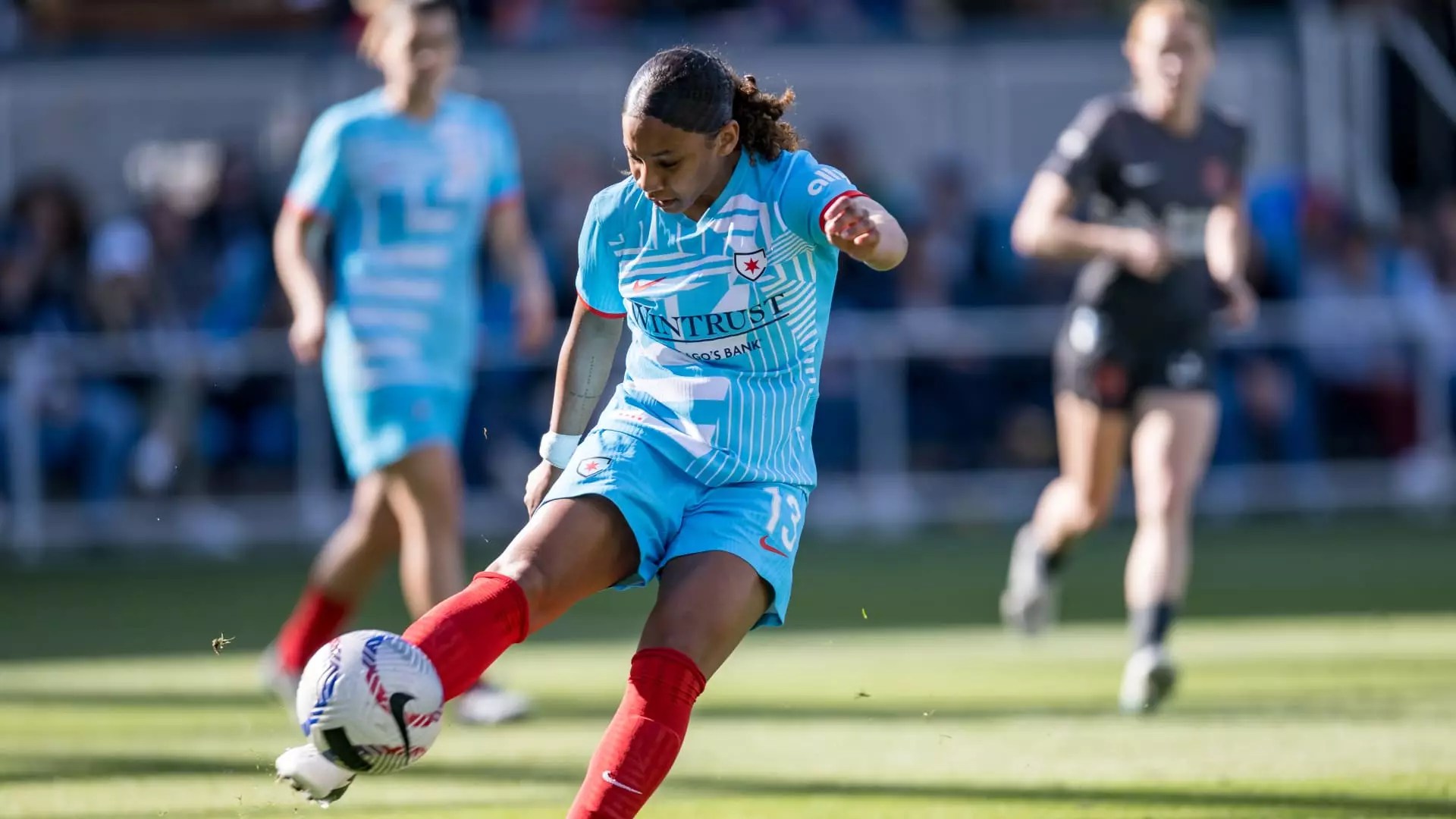In recent years, a trend has emerged where major insurance firms cleverly leverage the popularity of professional athletes under the guise of providing career development opportunities. Companies like Gallagher, State Farm, and Nationwide are not merely altruistic allies for sports stars; they are shrewd corporate entities recognizing a market worth exploiting. Their “internship” programs, ostensibly designed to prepare athletes for life after the game, serve a dual purpose: to bolster their corporate image and to capitalize on the fleeting fame of sports personalities. This arrangement benefits the companies more than it genuinely evolves athlete welfare. It is a strategic alliance rooted in marketing spin, with the true intention of cultivating brand ambassadors and potential future employees while sidestepping substantive responsibility toward athlete financial security or long-term career planning.
The image-crafted narrative suggests that these internships are a chance for athletes to gain valuable skills and transition smoothly into the corporate world. In reality, they are often superficial ventures that allow firms to demonstrate corporate social responsibility while lapping up sports celebrity endorsements and media attention. The messaging often masks the underlying profit-driven motives—using the appeal of sports fame to sell insurance products, enhance brand loyalty, or open doors to new markets. These enterprises are positioning themselves as forward-thinking and socially responsible, but at their core, they are adept at commodifying the transient success of athletes for commercial gain.
Are Athletes Truly Enriched or Used as Promotional Pawns?
While some athletes like Leilanni Nesbeth and Chardonnay Curran express optimism about their internships, it’s necessary to question whether these experiences genuinely serve their long-term interests. For many, the internships are a brief, taste-of-the-business world that merely scratches the surface of corporate operations. The promise of skill acquisition is often overshadowed by the underlying reality: most athletes face uncertain futures, unreliable income, and career-ending injuries. The corporations, on the other hand, craft a compelling story of empowerment that diverts attention from their own strategic interests.
In fact, these programs seem less about empowering athletes and more about casting them as brand ambassadors and corporate goodwill ambassadors. Gallagher’s hiring of former athletes, like the professional rugby player in Europe, demonstrates an intent to embed sports personalities into their commercial ecosystem. This tactic ensures that the athletes’ fame continues to generate value even after their playing days are over. The fact that these internships are tailored to fit the unpredictable schedule of athletes underscores how opportunistic the entire enterprise is—designed to fit into star athletes’ demanding routines while reaping the benefits of association.
Moreover, these programs often end shortly after they begin, with some athletes, like Curran, parting ways just days after the interview with CNBC. Such fleeting engagements question the sincerity of the developmental promises made. It appears more as a token gesture than a genuine investment in their futures, with the primary goal of bolstering corporate credibility rather than meaningful career transition support.
The Deceptive Dynamics of Sports-Insurance Alliances
Insurance companies have long understood the marketing power of sports. Celebrated campaigns featuring athletes are not a coincidence but a meticulously crafted strategy to embed their brands into the cultural fabric of sports fans. These companies are capitalizing on nationalism, loyalty, and the emotional connection fans have with their heroes—transforming athletes into mere props for persuasive advertising.
Furthermore, the recent investments and partnerships—such as AIG’s stake in Salford City Football Club—highlight a broader pattern of insidious corporate meddling designed to entrench insurance giants within the sports industry. These investments are not primarily about supporting community initiatives but about creating symbiotic relationships that serve corporate interests. Internships are just one component: a way to seed brand loyalty among upcoming athletes while subtly shaping the perceptions of the insurance industry as a beneficial partner of sport.
At the core, this symbiosis smacks of opportunism rooted in the commercialization of amateur and professional sports. It is an extension of the broader culture where economic interests increasingly overshadow the intrinsic values of sport—competition, determination, and community spirit. Through these internships, companies subtly position themselves as champions of athlete development, but in reality, they are hungry for the next wave of customer loyalty, brand exposure, and market dominance.
This parasitic relationship raises critical concerns about whether the current model truly prioritizes athletes or simply commodifies their fleeting fame for profit. The question remains: Are we witnessing a genuine attempt at athlete empowerment, or is this just another exploitative corporate strategy neatly disguised as social responsibility?

